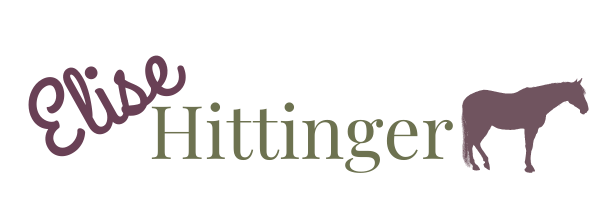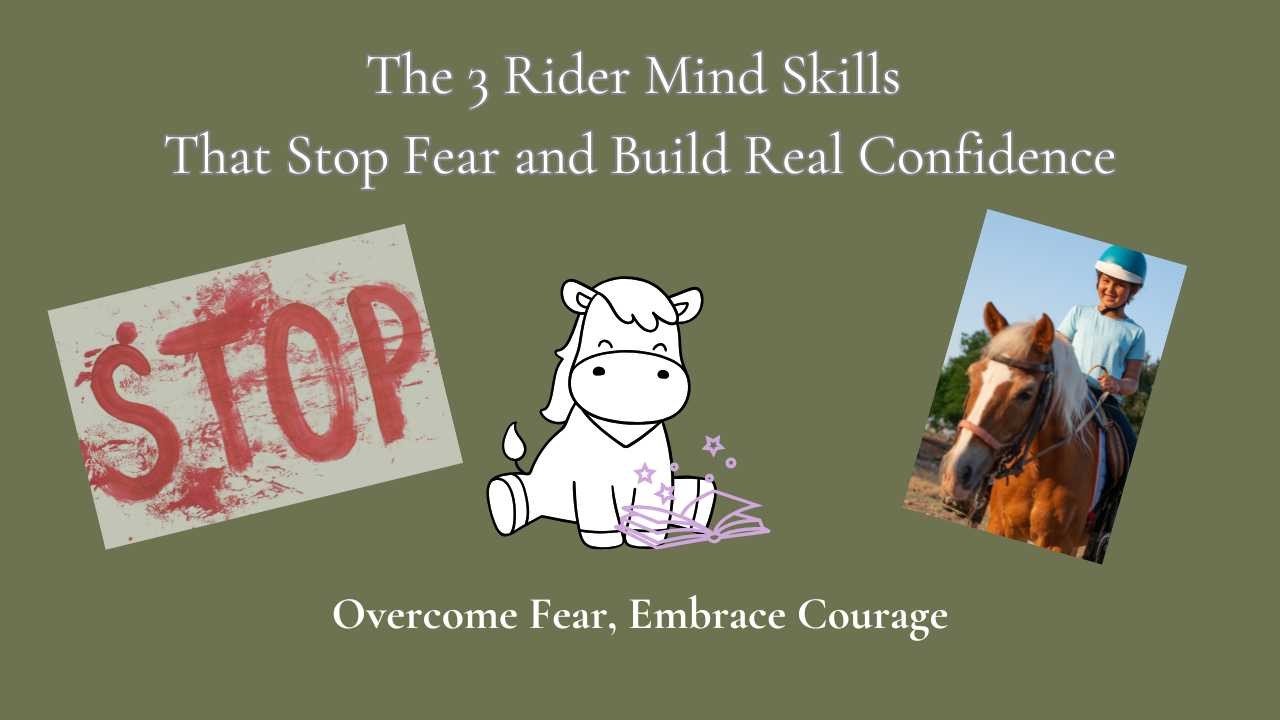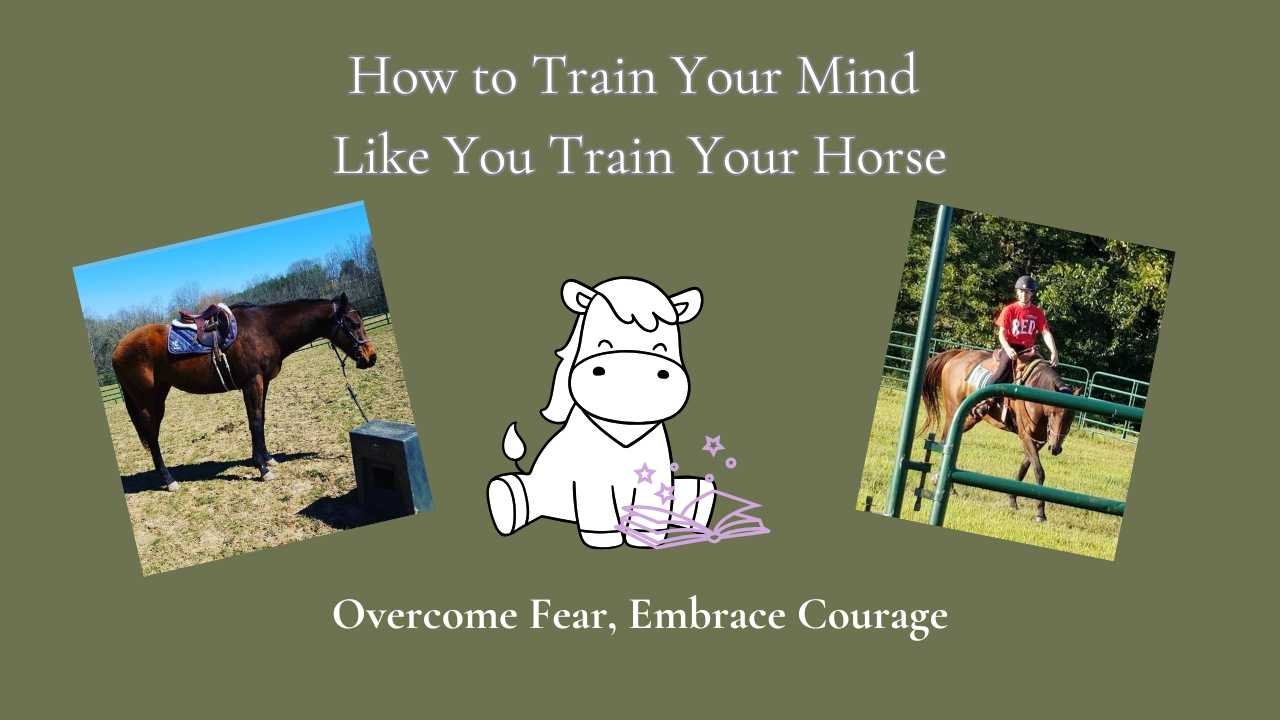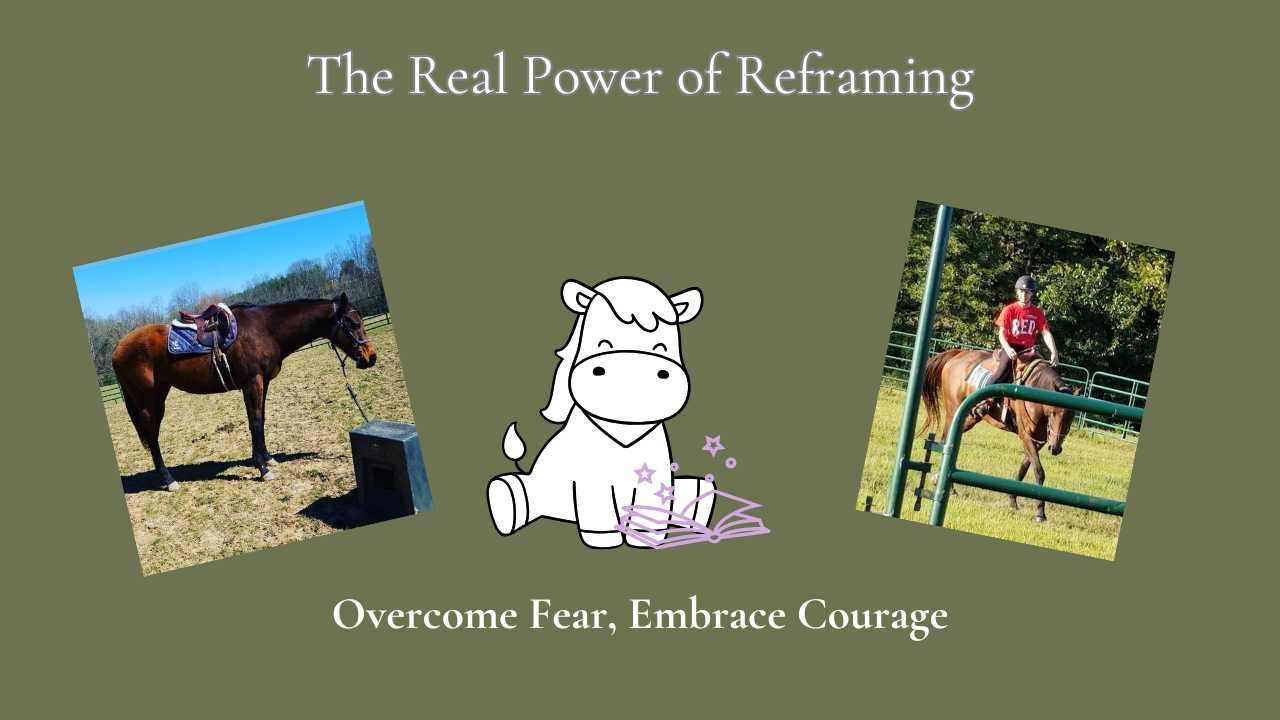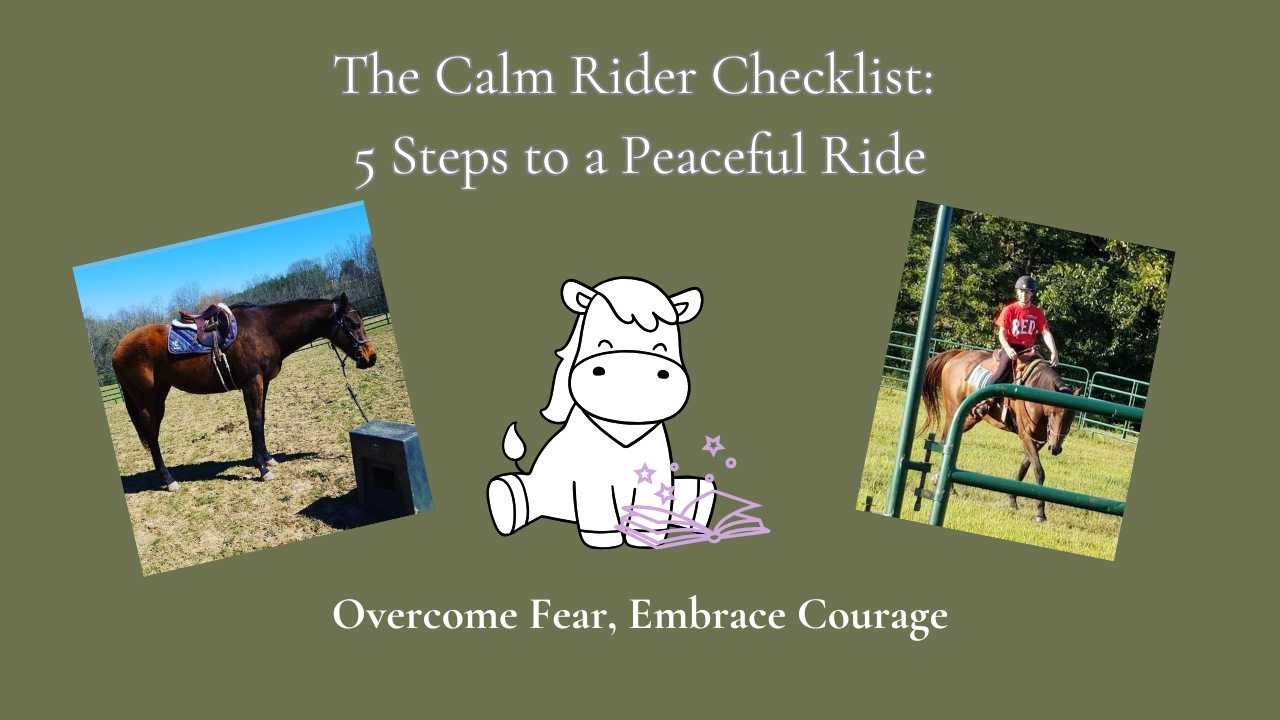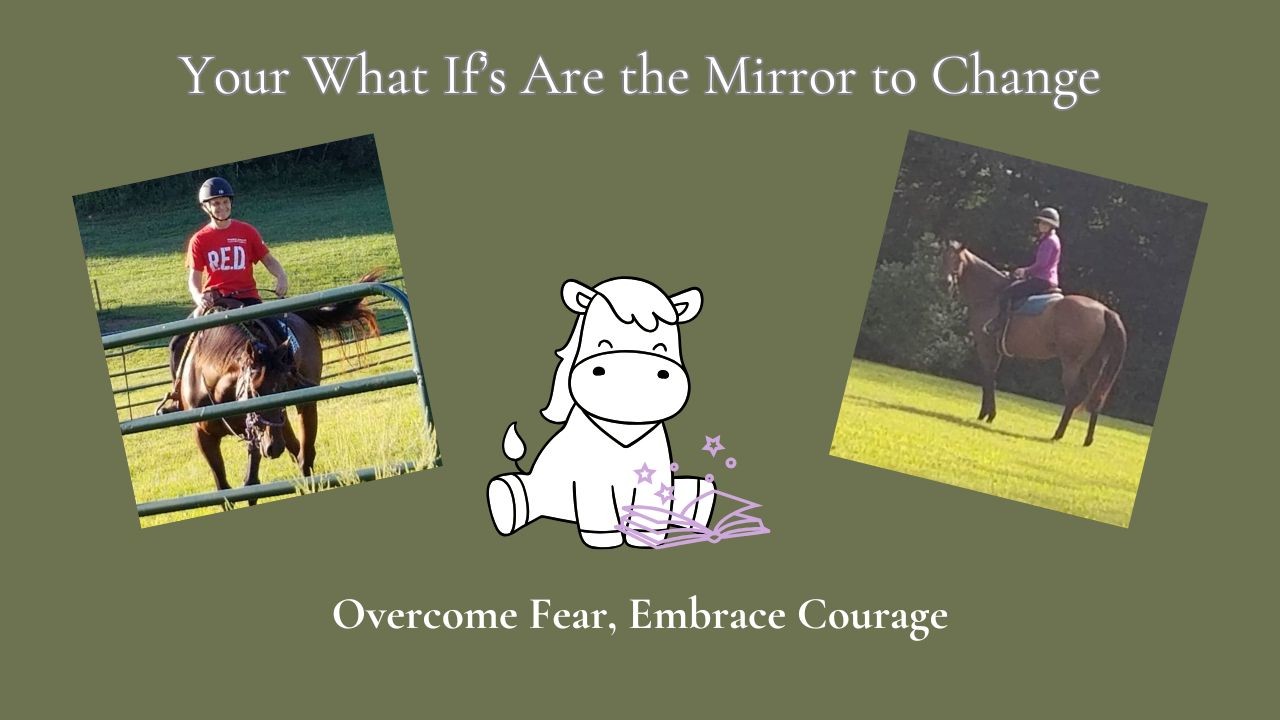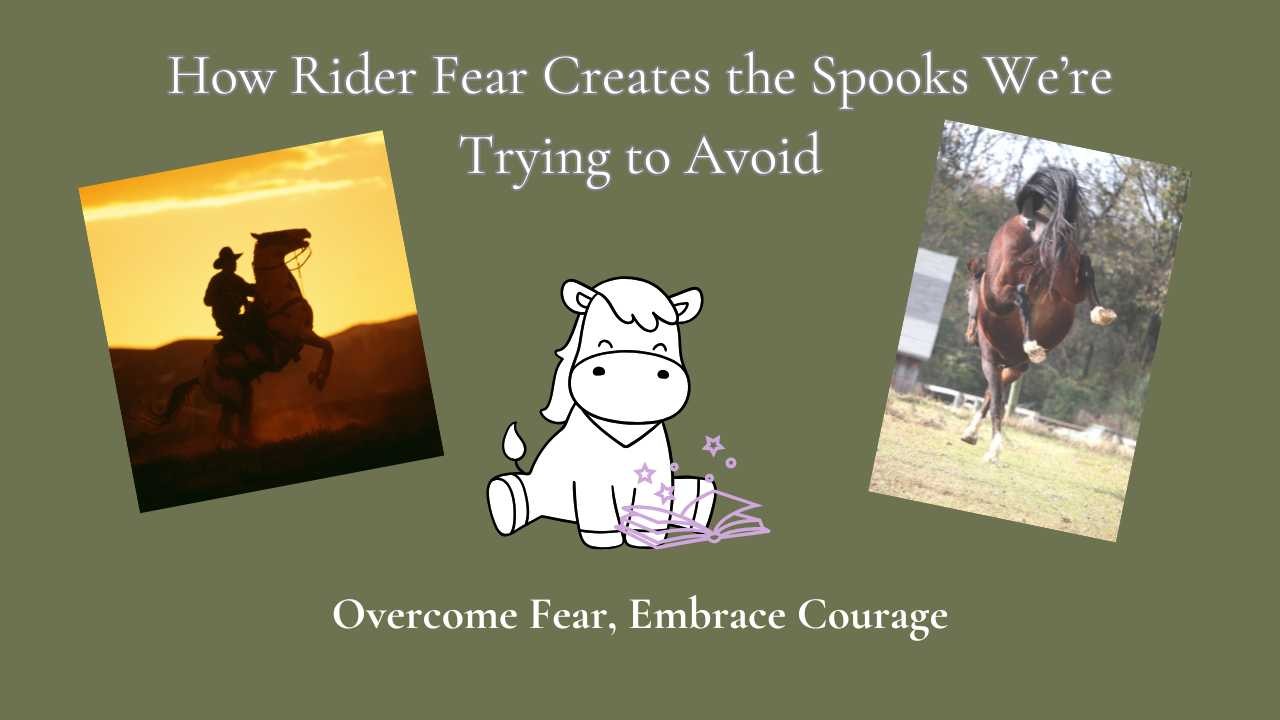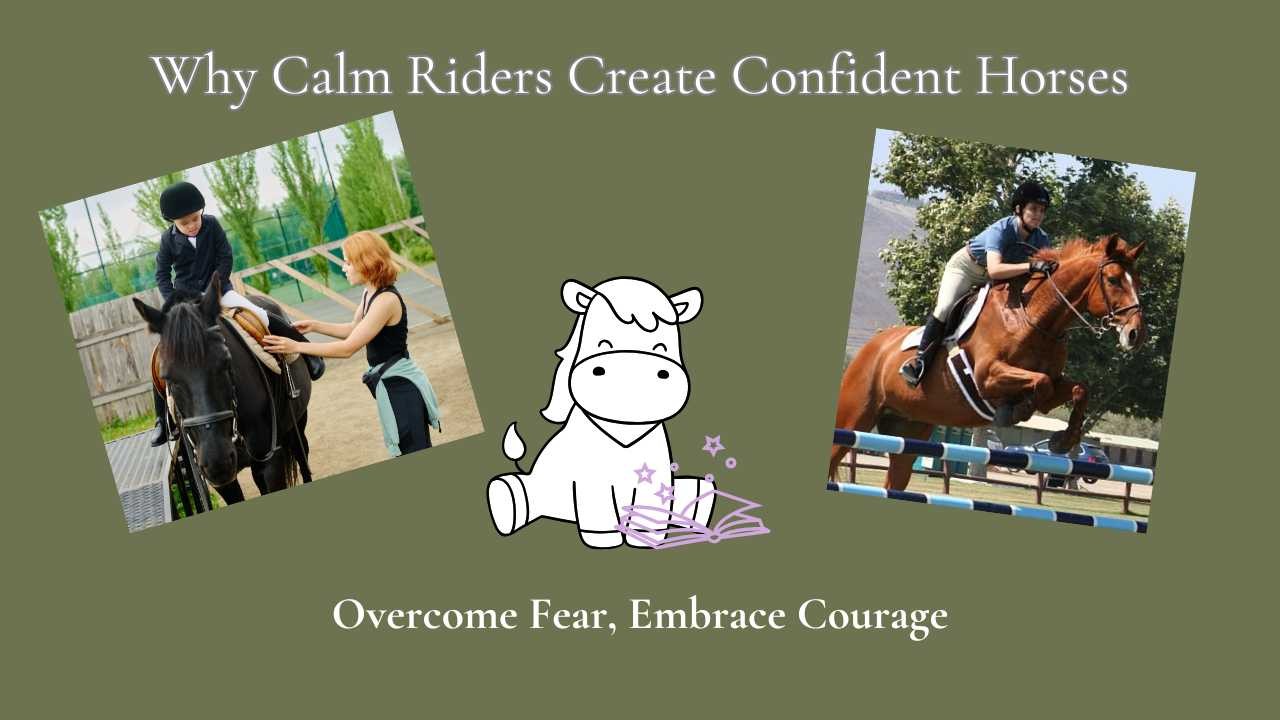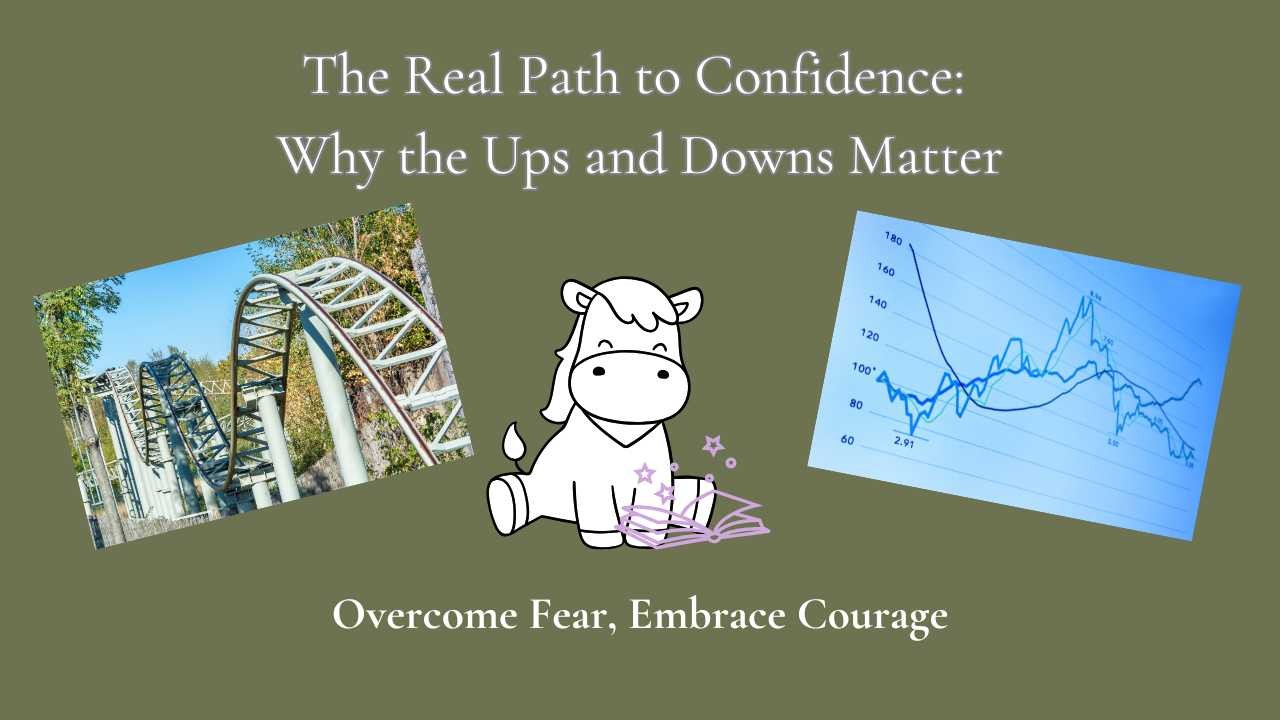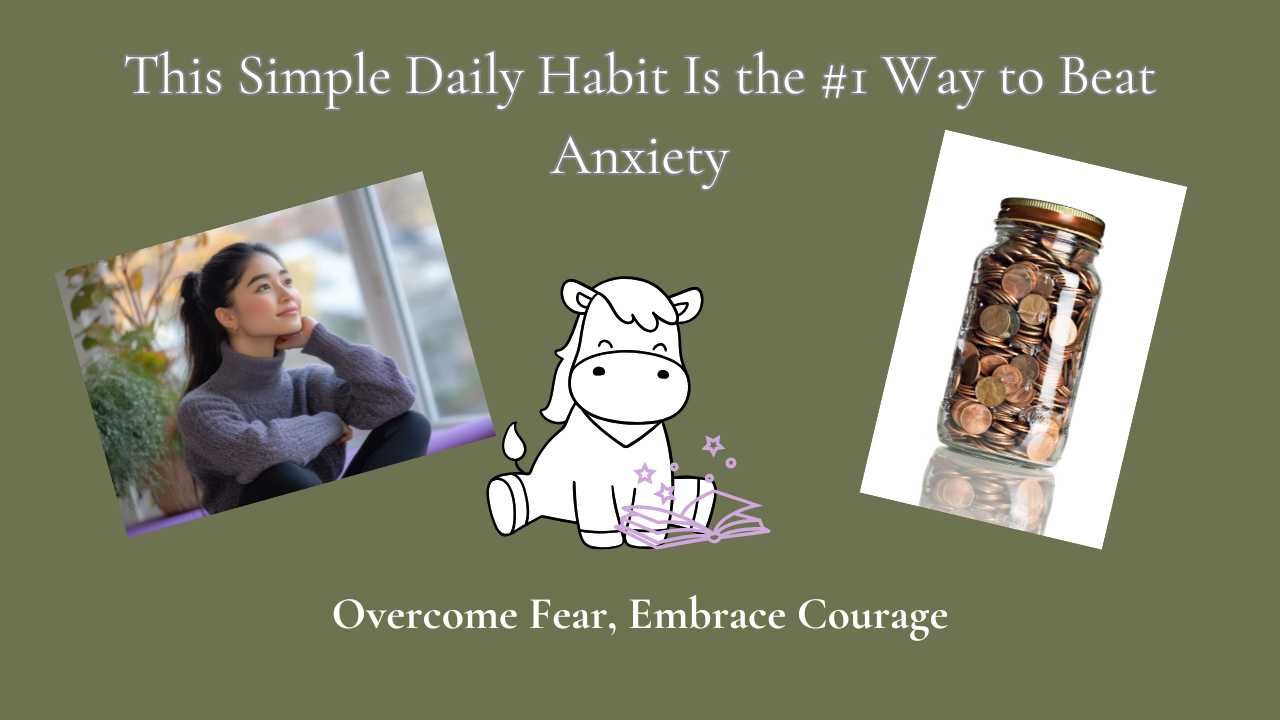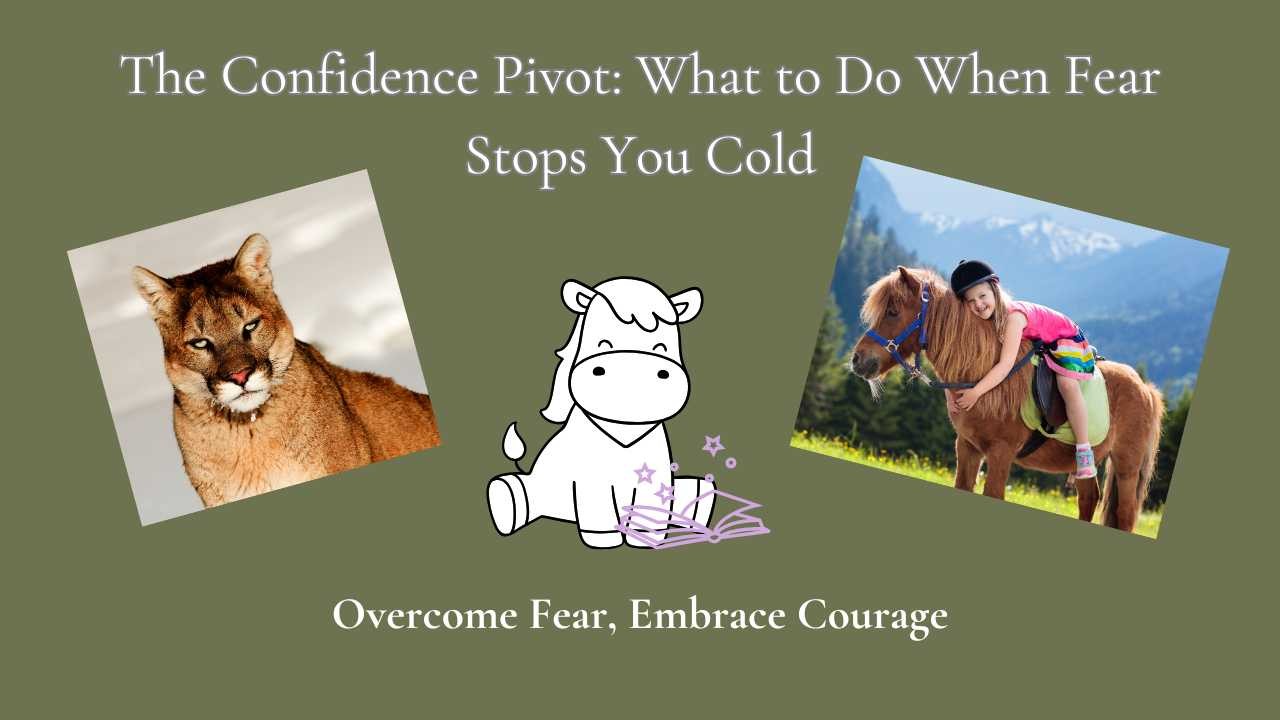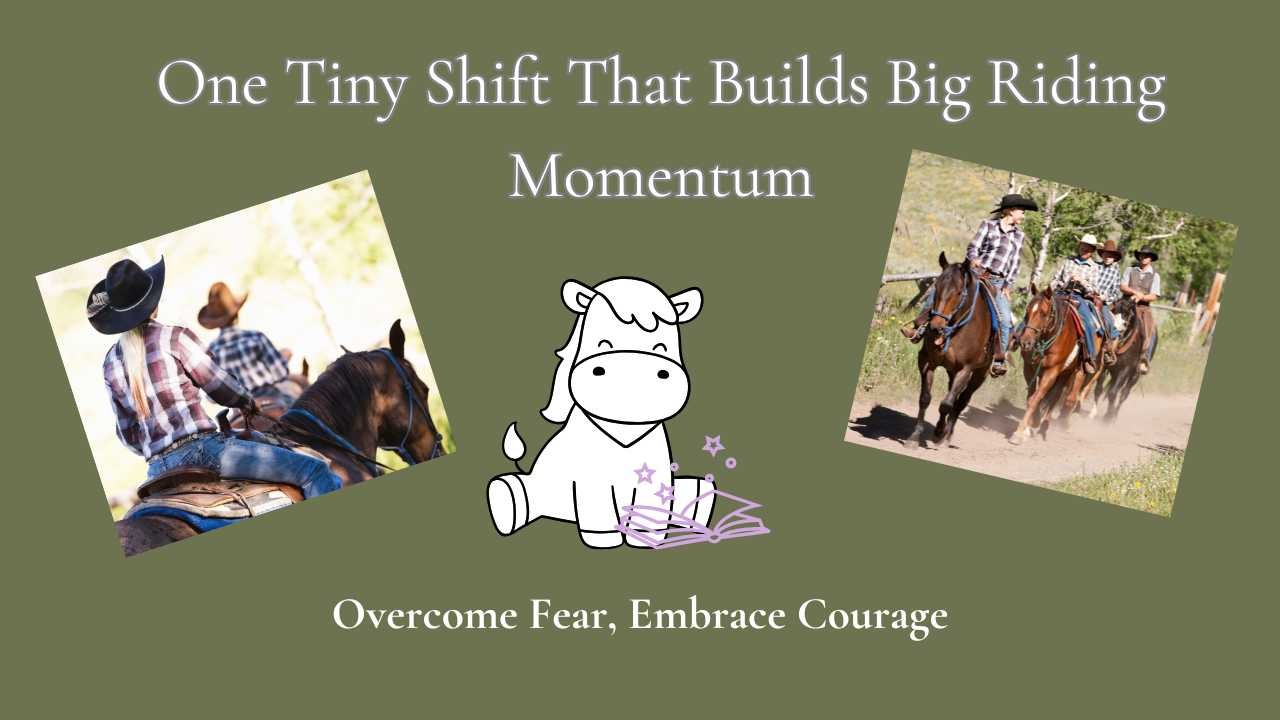
I spent years getting myself ready.
Getting my horse ready.
Preparing all the details.
And still... I wasn’t riding out of the arena.
Getting my horse ready.
Preparing all the details.
And still... I wasn’t riding out of the arena.
What I didn’t realize was that the one tiny thing that would change everything was also the simplest:
I took action.
I got on and rode four steps.
That’s it. Just four.
But those four steps were like magic.
I celebrated. I smiled for a week.
And the next time? I looked forward to four more.
I celebrated. I smiled for a week.
And the next time? I looked forward to four more.
That simple, tiny action changed everything.
Momentum had begun.
Momentum had begun.
Try These Tiny Shifts to Create Big Riding Momentum:
Take Four Steps
This one’s my favorite—and for good reason.
Get on and ride four steps. Then pause.
Ask yourself:
This one’s my favorite—and for good reason.
Get on and ride four steps. Then pause.
Ask yourself:
- Do I want to take four more?
- Turn around and go back?
- Or just get off and celebrate?
On my very first four steps, I chose to get off. And I still count that as a HUGE win.
Because the action—not the distance—is what creates momentum.
Because the action—not the distance—is what creates momentum.
Make a Comfort Zone Plan
Define your edge—not someone else’s.
What feels just slightly stretchy but not scary?
That’s your zone. Make a plan that brings you to the edge—not over it.
Then stop there. Smile. Celebrate. You just moved forward.
Define your edge—not someone else’s.
What feels just slightly stretchy but not scary?
That’s your zone. Make a plan that brings you to the edge—not over it.
Then stop there. Smile. Celebrate. You just moved forward.
Too often, we think we have to leap to grow.
But the truth is, confidence is built in small, do-able steps that feel like yours.
But the truth is, confidence is built in small, do-able steps that feel like yours.
There is plenty of time to go to the edge again and again and when you are ready, these little actions you have been building up, will make going over the edge, expanding your comfort zone, easier and you will have momentum behind you!
So many times we don't see our comfort zone, or our path to momentum and that is where I can help out. Set up a quick (free) calm-ride strategy call and let's see if we can get your momentum moving again.

Ready. Fire. Aim. (Yes, You Read That Right)
When I got back into riding after my accident, I was deep in “getting ready” mode. Safety equipment? Check. Vet visits? Check. Pre-ride checklists? Yep. I was doing everything… except actually riding.
That’s when I stumbled on a concept that changed everything: Ready. Fire. Aim.
It sounded backwards at first. But when I really understood it—and applied it to my riding—it unlocked a whole new level of progress.
Here’s how it works:
- READY – Do your preparation. Of course, this matters. We need to feel grounded and safe before we climb in the saddle.
- FIRE – Get on and ride. Don’t wait for every star to align. Perfect prep doesn't exist.
- AIM – Evaluate, adjust, and improve after the ride. The real data comes from doing.
This method is powerful because it short-circuits our fear loops. If we wait until everything feels perfect, we may never ride again. The mind can trap us in an endless cycle of “what ifs” and “not yets.” Our intentions are good, but the longer we wait, the harder it is to remember why we started in the first place.
Riding happens in the “fire” step. Confidence grows in the “aim.”
You don’t have to be fearless. You just have to be willing to act before you're 100% ready.
Want help knowing where to start—and what to adjust?
That’s exactly what we do in the Calm-Ride Strategy Call. It’s a private call where we map out your version of “Ready. Fire. Aim.” so you can get unstuck, ride with more confidence, and enjoy the journey again.
It’s free. It’s personalized. And it’s your first real step out of preparation mode and into forward motion.
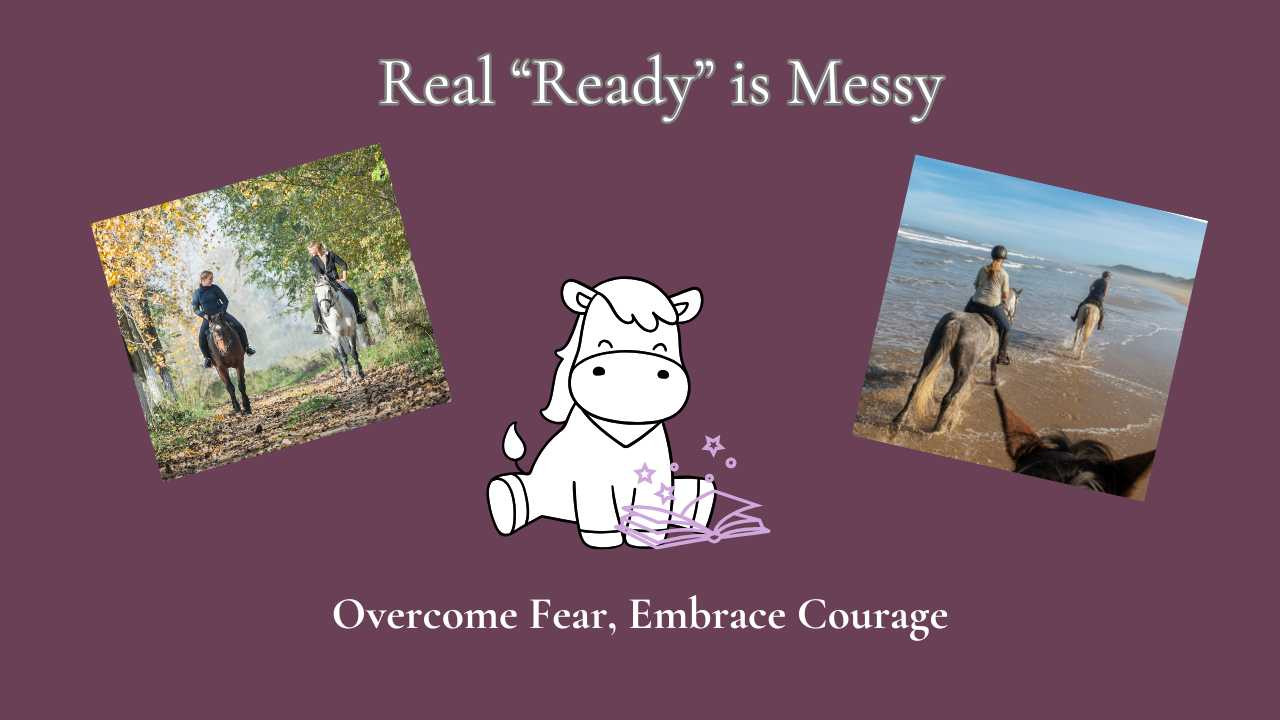
We often think “ready” will feel like a green light. Like one day we’ll wake up with total confidence, zero nerves, and a deep, calm sense of now is the time.
But it doesn’t usually happen like that.
Real “ready” is messy.
It can show up with doubt, shaky hands, or a swirl of nerves just thinking about tacking up. It doesn’t always come with clarity. It rarely feels perfect.
The truth is, real readiness doesn’t always feel good—it just means we’re willing.
Willing to feel uncomfortable.
Willing to show up even when our legs are trembling.
Willing to say, “I want this more than I want to keep hiding.”
Willing to show up even when our legs are trembling.
Willing to say, “I want this more than I want to keep hiding.”
We tell ourselves we’ll ride when we feel more prepared. After a few more lessons. After the weather changes. After the fear goes away.
But the secret no one tells us is that confidence often comes after the action.
We build it step by step—by doing the thing.
We grow into readiness by showing up for ourselves in the small moments: brushing our horse, walking to the arena, taking one deep breath before putting a foot in the stirrup.
Yes, it’s smart to prepare. But we don’t need perfection to begin. We just need a little willingness, and maybe a little faith.
So let’s ask ourselves gently:
What if we stopped waiting to feel ready… and decided we already are? - We have the Green LIGHT!
Because once we do, everything changes.
And just so you know—we don’t have to do this alone.
I’m right here, walking this road with you, and cheering us on every step of the way.
I’m right here, walking this road with you, and cheering us on every step of the way.
If you want to build your own "Green Light", set up a free Calm-Ride Strategy Call and we will create your Grean Light together!
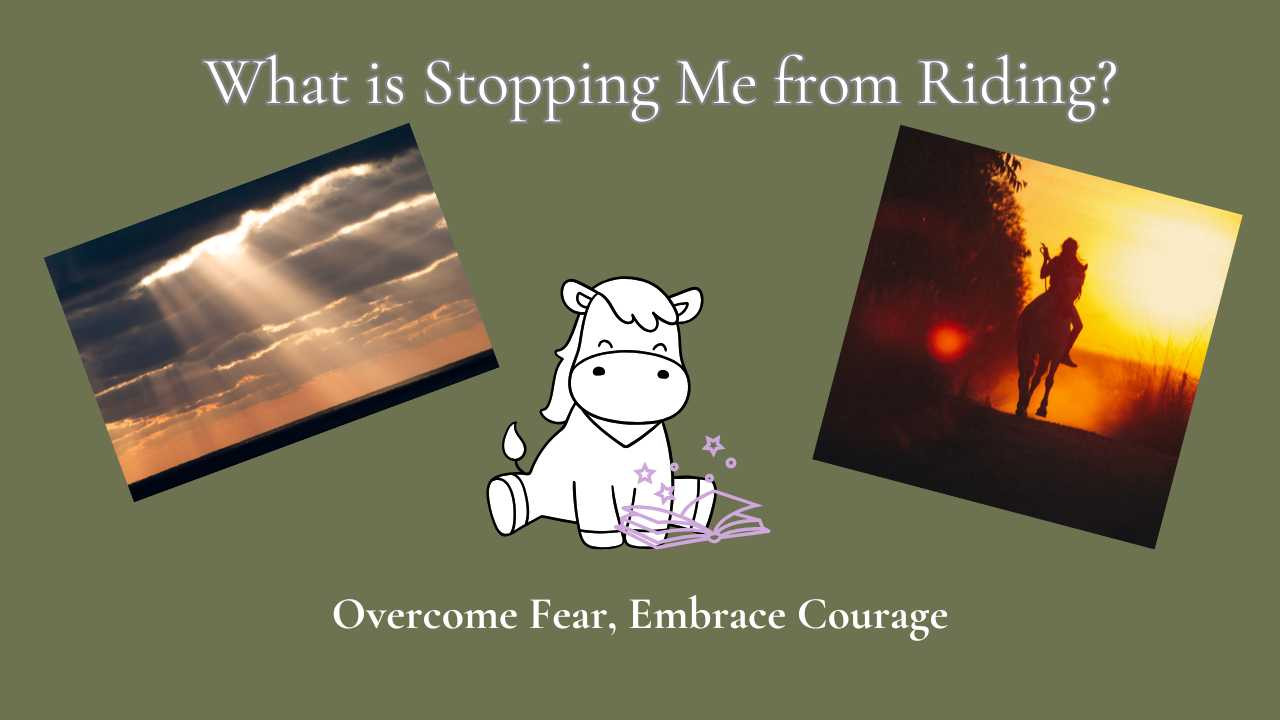
The more I read the question from my coach, the more the tears welled up inside me. I didn’t want to let them fall. I didn’t want to really see the answer.
Not because the question or the answer was scary—but because I knew the moment I was honest about it, I would also see the solution. And once the solution was visible, I couldn’t keep hiding behind the stories I’d told myself. I couldn’t cling to the old excuses.
How many times do we do this? How many times do we hide in our excuses—or worse—blame others, blame our horses, blame the weather or the time or the age or the saddle that doesn’t fit quite right? I’ve done all of it.
But here’s what happened when I finally let the light in: I realized that naming what was really stopping me from riding meant there was nothing truly holding me back from riding. It was both terrifying and freeing.
At first, the truth felt heavy—like maybe it was too much. But then… something shifted. The little girl inside me, the one who used to ride for the sheer joy of it, started to stir. I could feel her again. That joy started to bubble up.
And just like that, I knew—I was free.
So now I want to ask you this same question. Make a little time for yourself today and ask, with an open heart:
“What is really stopping me from riding?”
Let yourself look. Let the tears come if they need to. Because once you have the answer, you also have the power.
And I promise—I’m right here, cheering you on.
Let me know if you need more help and support for this. I love being a courage coach and helping others work through this when they need a little extra. Calm Ride Strategy Chat

For most of my life, I would have said: absolutely not.
Panic attacks come when they come, and there's nothing you can do about it—right?
Panic attacks come when they come, and there's nothing you can do about it—right?
At least, that’s what I believed. Until I started asking deeper questions.
My First Memory of Panic
The first panic attack I remember happened when I was 3 or 4. We were at LAX, waiting for my dad to arrive from a trip. I looked up and couldn’t find my mom anywhere.
In a flash of desperation, I spotted my dad—or so I thought—and ran to grab his leg. I clung to it with everything I had, eyes squeezed shut, thinking I was safe. When I opened my eyes, it wasn’t my dad. It was a complete stranger.
But I can still feel that panic in my body today. Being lost was the worst thing imaginable.
But I can still feel that panic in my body today. Being lost was the worst thing imaginable.
At that age, I couldn’t stop the panic. But now? I’ve learned that I can catch it before it spirals.
Does Panic Help?
This question might sound strange, especially if you’re in the thick of it. But when you’re calm, try asking yourself:
“Has panic ever helped me?”
For me, the answer was surprising: yes... and no.
What Panic Gave Me
Once I looked closely, I realized panic did give me something: movement.
In a state of panic, I take action. I move. I do something—and sometimes that’s incredibly useful.
In a state of panic, I take action. I move. I do something—and sometimes that’s incredibly useful.
So I kept that part.
When panic rises, I now intentionally choose action before I freeze.
When panic rises, I now intentionally choose action before I freeze.
What Panic Took from Me
Not all of it helped. The frantic energy, the loss of control, the freezing—those weren’t helpful.
After a car accident I was in, that frozen feeling nearly kept me trapped. It wasn’t until I moved through the panic that I could escape the wreckage.
So, I learned to visualize letting go of what didn’t serve me:
- Dropping the frantic parts into a lake.
- Sending the fear off in a balloon.
- Tossing the overwhelm off a cliff.
Rewriting My Panic Response
By analyzing my panic response—piece by piece—I stopped seeing it as something terrifying. I saw it as a system I could rewire.
Now, when panic shows up, I know:
- What to keep (movement, clarity, urgency).
- What to let go (frantic spirals, freezing, fear of fear).
This shift has helped me prevent full-blown panic attacks. Not by avoiding them—but by understanding and reshaping them.
Your Turn
If you’ve ever had a panic attack, is there one beneficial thing you’ve taken from the experience? Maybe it’s awareness. Or energy. Or motivation. I’d love to hear what it is—because there’s so much, we can learn from what we once feared.
If you’ve ever had a panic attack, is there one beneficial thing you’ve taken from the experience? Maybe it’s awareness. Or energy. Or motivation. I’d love to hear what it is—because there’s so much, we can learn from what we once feared.
